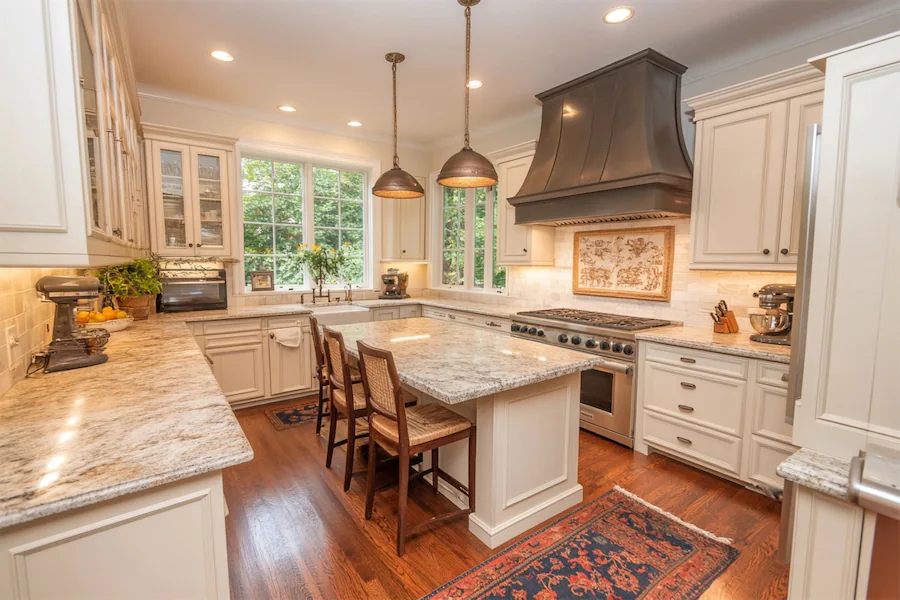Designing a neutral palette kitchen involves utilizing understated colors and materials to create a timeless, versatile, and calming space. Here’s an overview to guide you through the key aspects of neutral kitchen design:
Introduction to Neutral Palette Kitchens
Neutral kitchens employ shades like white, beige, gray, and taupe to establish a serene and adaptable environment. This design approach offers a flexible backdrop that can be personalized with various textures, materials, and accessories, ensuring longevity and ease of updates.
Key Features of Neutral Palette Kitchens
- Versatile Color Schemes: Incorporate a range of neutral hues to create depth and interest. Layering different shades can add dimension while maintaining a cohesive look.
- Natural Materials: Utilize elements like wood, stone, and metal to introduce texture and warmth. For instance, combining wooden cabinetry with stone countertops can enhance the neutral aesthetic.
- Textural Variety: Incorporate various textures through cabinetry finishes, backsplash tiles, and textiles to prevent the space from feeling flat. Glossy tiles, matte cabinets, and woven fabrics can all contribute to a dynamic yet harmonious design.
- Timeless Design Elements: Focus on classic design features that withstand changing trends, such as shaker-style cabinets or subway tile backsplashes, to ensure the kitchen remains stylish over time.
Applications of Neutral Palette Kitchen Design
- Cabinetry: Opt for cabinets in soft grays, warm beiges, or crisp whites to establish the neutral foundation. Two-tone cabinetry can also add subtle contrast while adhering to the neutral theme.
- Countertops and Backsplashes: Select materials like marble, quartz, or concrete in neutral shades to complement the overall design. A white marble countertop paired with a light gray backsplash can create a sophisticated look.
- Accessories and Decor: Incorporate neutral-toned accessories, such as beige dishware, gray linens, or metallic accents, to reinforce the theme. Adding greenery or wooden elements can introduce warmth and prevent the space from feeling sterile.
Considerations When Designing a Neutral Palette Kitchen
- Layering Tones: To avoid a monotonous appearance, layer various neutral tones and textures. This approach adds depth and interest without deviating from the neutral palette.
- Lighting: Ensure adequate lighting to highlight the subtle nuances of the neutral colors. Natural light can enhance the space, while well-placed artificial lighting can add warmth and dimension.
- Personalization: While maintaining a neutral base, incorporate personal touches through decor, artwork, or functional items to make the space uniquely yours. This approach allows for easy updates and seasonal changes without major renovations.
Conclusion
A neutral palette kitchen offers a timeless and adaptable design that serves as a versatile backdrop for various styles and personal touches. By thoughtfully selecting colors, materials, and textures, you can create a serene and inviting space that reflects your taste and stands the test of time.
